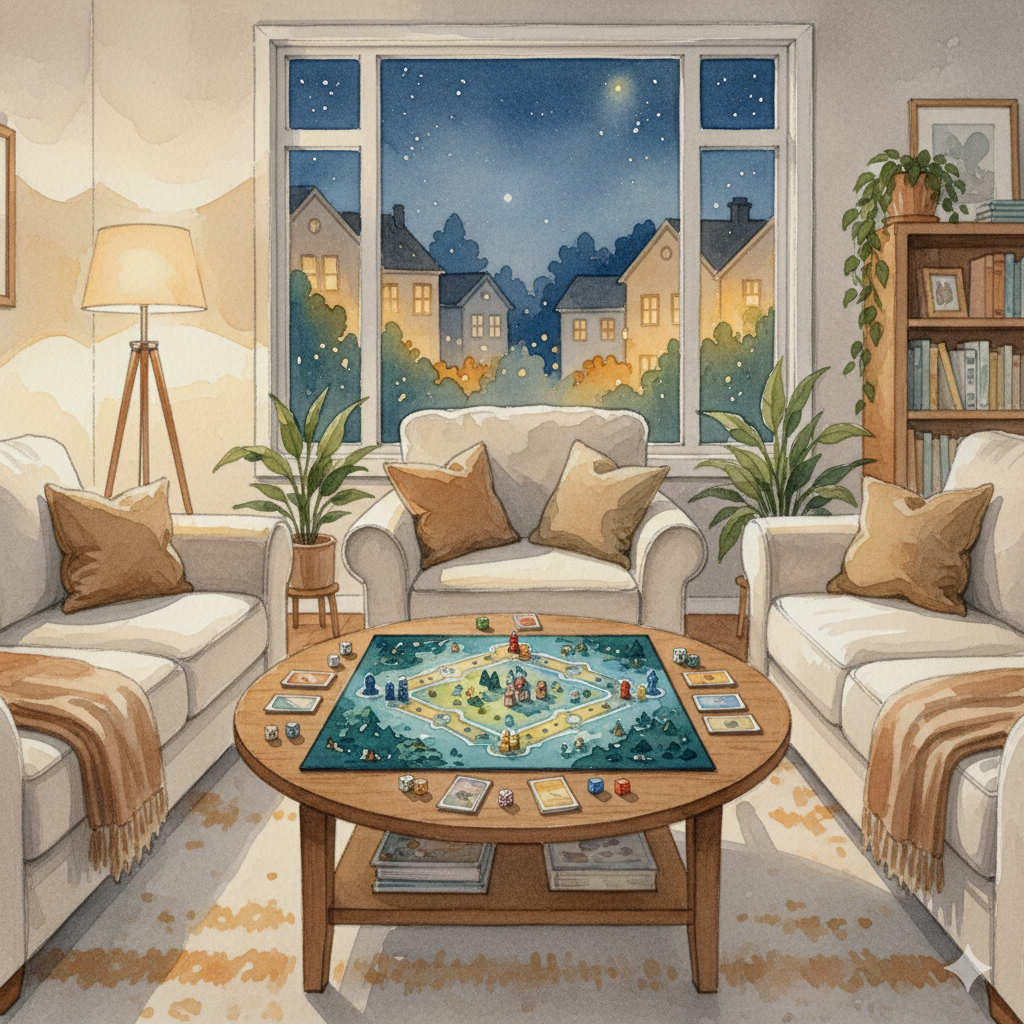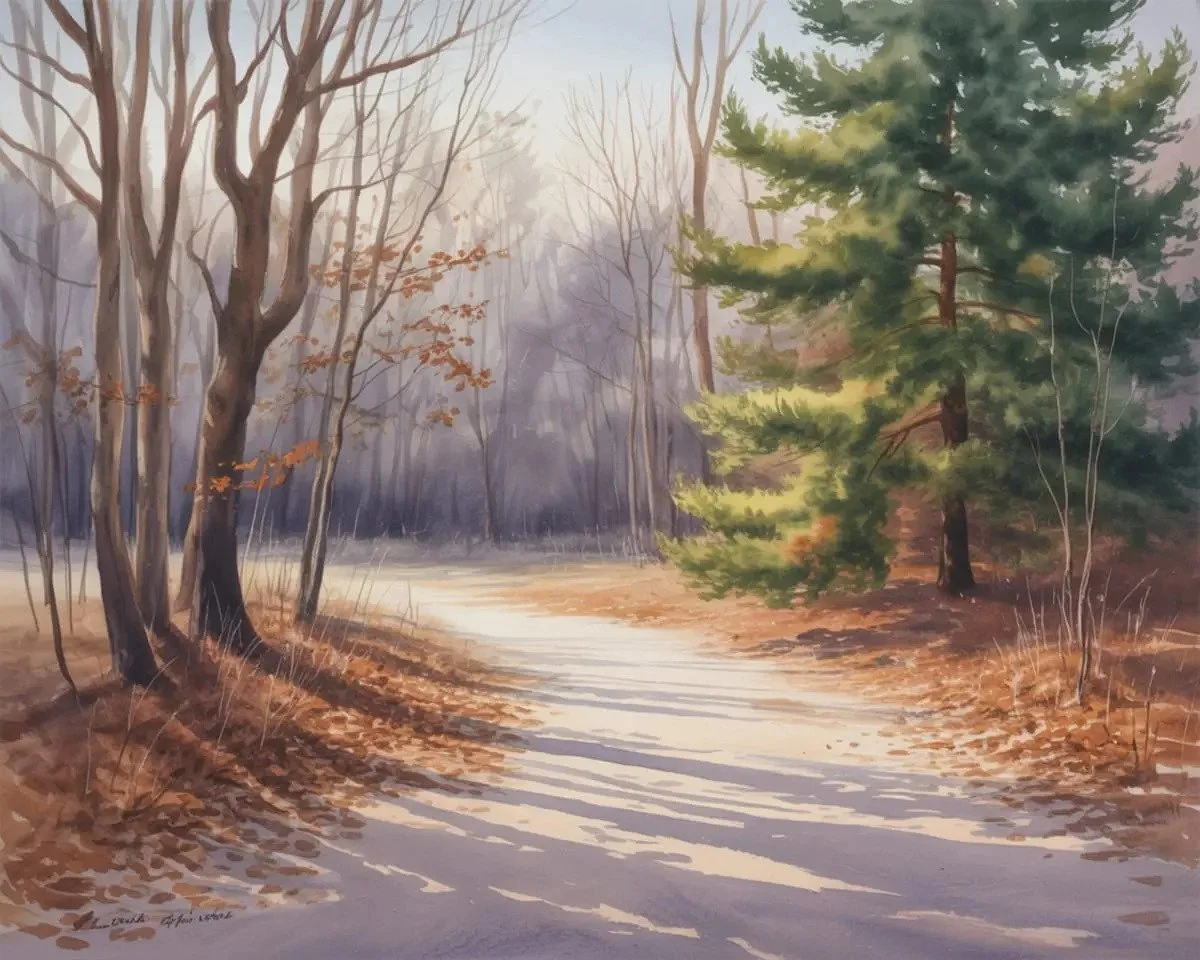How to Dubai
The moment we stepped off the plane, something felt different. I couldn’t say what it was exactly, just that there was no friction. No pause. No lines. No disappointment. No hitch in the process that usually accompanies travel and immigration. We moved from terminal to taxi to hotel without stopping, without waiting, without wondering. Everything worked. And that felt like a surprise.
Travel is a constant in life right now for my partner and I. A new country every month, more or less. I’ve come to expect stumbles at borders, bureaucracy in transit, an undercurrent of disorder that feels inevitable. So when nothing went wrong, when the roads were immaculate, the cars silent, the immigration process a mere glance into a scanner, I noticed the absence. The absence of aggravation. Of chaos. Of stress. And that absence made room for something else.
There was a calm in Dubai. Not a sleepy stillness, but an active one. A city moving forward with so little friction that the presence of forward motion feels inspiring. People drive with awareness. Systems seemed to anticipate needs. A place designed, not just built.
I hadn’t realized how accustomed I had become to expecting failure. To anticipating delays. To lowering expectations so as not to bump into disappointment. But here, things just worked. Not just once, but again and again. The gentle relief that followed each system functioning as it should had a cumulative effect. Like a nervous system remembering how to relax. Like trust rebuilding itself, quietly, in the simple act of things being ready when they’re needed.
There was something else I began to notice. Rules, but not rigidity. Order, but not obsession. There was a logic to it all that felt human, not perfect, but sane. Like the people making the decisions had paused long enough to ask, “Does this make sense?” And most often, they seemed to answer, “Yes.”
A few nights in, over dinner with my cousin who lives there, a conversation about governance emerged. About how leadership works differently here. Not as a function of democracy, but as something centralized, and in some way, more coherent. The public sector leads. The government isn't an observer or resistor of change, it’s the one driving it. Like a company thinking in decades, building a brand, investing in infrastructure not just for the next vote, but for the next generation.
It felt surreal, this idea that a government could operate with the managerial clarity of a business. Ministries as departments. Leaders as stewards. A sense of order not for its own sake, but in service of something larger. A country as a company, not in the commodified sense, but in the methodical, clear-eyed, purposeful one.
I ran a company as CEO for 15 years and understand at my core what it takes to think long-term. To have a vision. A strategy. And a purpose beyond the next quarter or cycle. This is maybe why I felt a deep respect for aspects of what I saw in Dubai.
We visited a museum called the Museum of the Future. I expected something over-produced, a vanity project built for tourists. But it landed as something else entirely. A structure that felt not like an exhibition, but like a prototype. Rooms filled with concepts that, somehow, didn’t feel far off. Personalized medicine, reforestation strategies, vertical cities, archives of DNA in delicate glass casings. There was even a flying taxi, planned for pilot launch in just a few months from now.
It felt like seeing what was once only speculative become visible. Plausible. Perhaps even inevitable.
And that did something inside me. I found myself believing, not just in outcomes, but in the processes that lead to them. In the scaffolding behind dreams.
The contrast, though, was most alive the next day. When we landed in Lisbon. A city I love for so many reasons. But that love was interrupted by a harsh return. An immigration line that stretched the length of the terminal. A grumpy crowd of tired tourists. No messages, no updates, no apology. Just a collective remembering: this isn’t a place where systems work. Not always, and not well.
I found myself missing the future I had just left behind. And yet, I was standing in the present.
This gap between what is and what could be held me. Both Lisbon and Dubai offered opposing reflections. One wrapped in nostalgia, beauty, and inertia. The other wrapped in ambition, clarity, and pace. They both told truths. And they both held a kind of seduction.
In Dubai, we visited the Burj Khalifa before leaving. The tallest building in the world. At the base, a small shop sold miniature replicas, silver figurines that shimmered under spotlights. One now sits on my desk in Lisbon. A reminder of what momentum can feel like. Of what vision can build. There’s a quote from the man behind its creation, etched into the walls of the visitor center. “I had never built a building before. Neither had my father or mother. But we had a dream.” It was built in four years. It takes four years in Lisbon to get a permit to build an extension to a house.
It’s hard not to smile at that. A simple truth. Nothing inherited except imagination.
Dubai is not without its complications. No place is. And this reflection is not a celebration of perfection, but an acknowledgement of potential. That even in a desert, where life should be impossible, systems can be made to thrive. Not in theory, but in practice.
Maybe that is the thing that stayed with me most. That possibility is not abstract. It’s physical. It’s breathable. It’s visible in polished roads and timed lights, in architecture that invites awe, in cities that feel alive not because they’re old, but because they’re intentional.
We often speak of the future like it’s far away. Like it’s something to wait for. But sometimes the future is already here. Called into existence by those who dare to imagine it. Who dare to begin.
And that is how I learned to Dubai.





